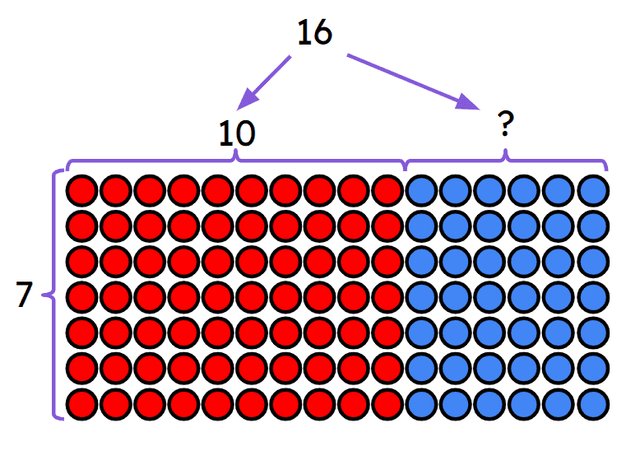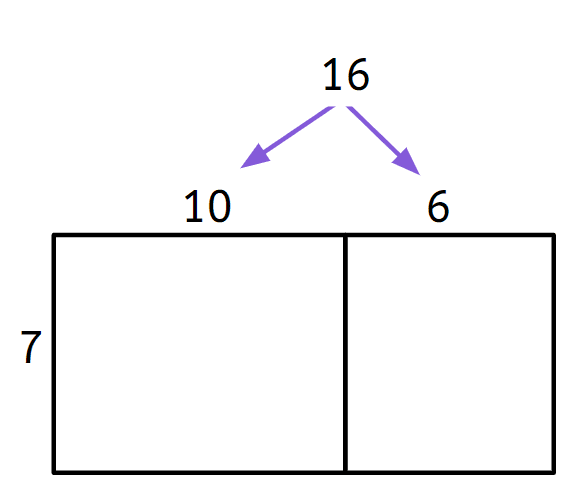Myths about teaching can hold you back
- Year 4
Use knowledge of the distributive law to calculate products beyond known times tables
I can use knowledge of the distributive law to calculate products beyond known times tables efficiently.
- Year 4
Use knowledge of the distributive law to calculate products beyond known times tables
I can use knowledge of the distributive law to calculate products beyond known times tables efficiently.
These resources were made for remote use during the pandemic, not classroom teaching.
Switch to our new teaching resources now - designed by teachers and leading subject experts, and tested in classrooms.
Lesson details
Key learning points
- If you know the 3 and 10 times tables you can work out the 13 times table.
- If you know the 10 times table you can work out the 20 times table.
- If you know the 5 and 8 times tables you can work out the 16 times table.
Keywords
Partition - Partitioning is the act of splitting an object or value down into smaller parts.
Distributive law - The distributive law says that multiplying a number by a group of numbers added together is the same as doing each multiplication separately.
Partial product - A partial product is any of the multiplication results we get leading up to an overall multiplication result.
Common misconception
Pupils may think that there is only one strategy for finding a solution and struggle to see that there is more than one way of partitioning a factor.
Spend some time discussing how many combinations of partitioned factor you could use with the distributive law and evaluate each combination for efficiency. This would be a worthwhile guided group task.
To help you plan your year 4 maths lesson on: Use knowledge of the distributive law to calculate products beyond known times tables, download all teaching resources for free and adapt to suit your pupils' needs...
To help you plan your year 4 maths lesson on: Use knowledge of the distributive law to calculate products beyond known times tables, download all teaching resources for free and adapt to suit your pupils' needs.
The starter quiz will activate and check your pupils' prior knowledge, with versions available both with and without answers in PDF format.
We use learning cycles to break down learning into key concepts or ideas linked to the learning outcome. Each learning cycle features explanations with checks for understanding and practice tasks with feedback. All of this is found in our slide decks, ready for you to download and edit. The practice tasks are also available as printable worksheets and some lessons have additional materials with extra material you might need for teaching the lesson.
The assessment exit quiz will test your pupils' understanding of the key learning points.
Our video is a tool for planning, showing how other teachers might teach the lesson, offering helpful tips, modelled explanations and inspiration for your own delivery in the classroom. Plus, you can set it as homework or revision for pupils and keep their learning on track by sharing an online pupil version of this lesson.
Explore more key stage 2 maths lessons from the Apply the distributive law to multiplication unit, dive into the full primary maths curriculum, or learn more about lesson planning.

Licence
Prior knowledge starter quiz
6 Questions
Q1.Which factor has been partitioned using the distributive law in the second expression below? 5 × 11 = 5 × 10 + 5 × 1
Q2.50 + 77 =
Q3.57 + 65 =
Q4.Which of the following expressions represents the total number of pencils if I have 6 pots of 5 pencils and 6 pots of 8 pencils?
Q5.Which of the following expressions is the array representing?

Q6.Double 81 is
Assessment exit quiz
6 Questions
Q1.Which of the following expressions is equivalent to 8 × 16?
Q2.What is the missing number in the array shown?

Q3.Use the grid model to help solve 7 × 16 by finding two partial products and combining them. 7 × 16 =



